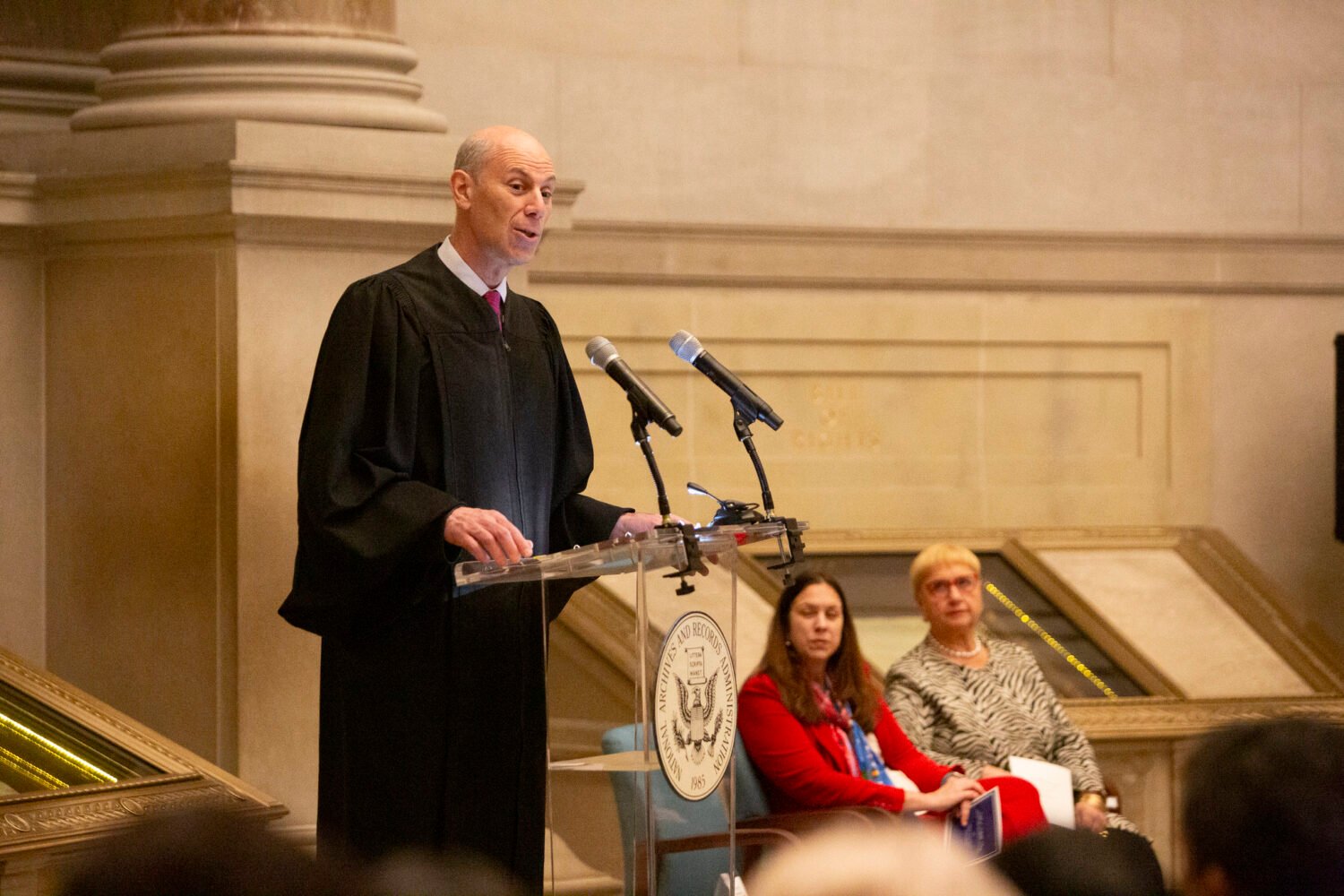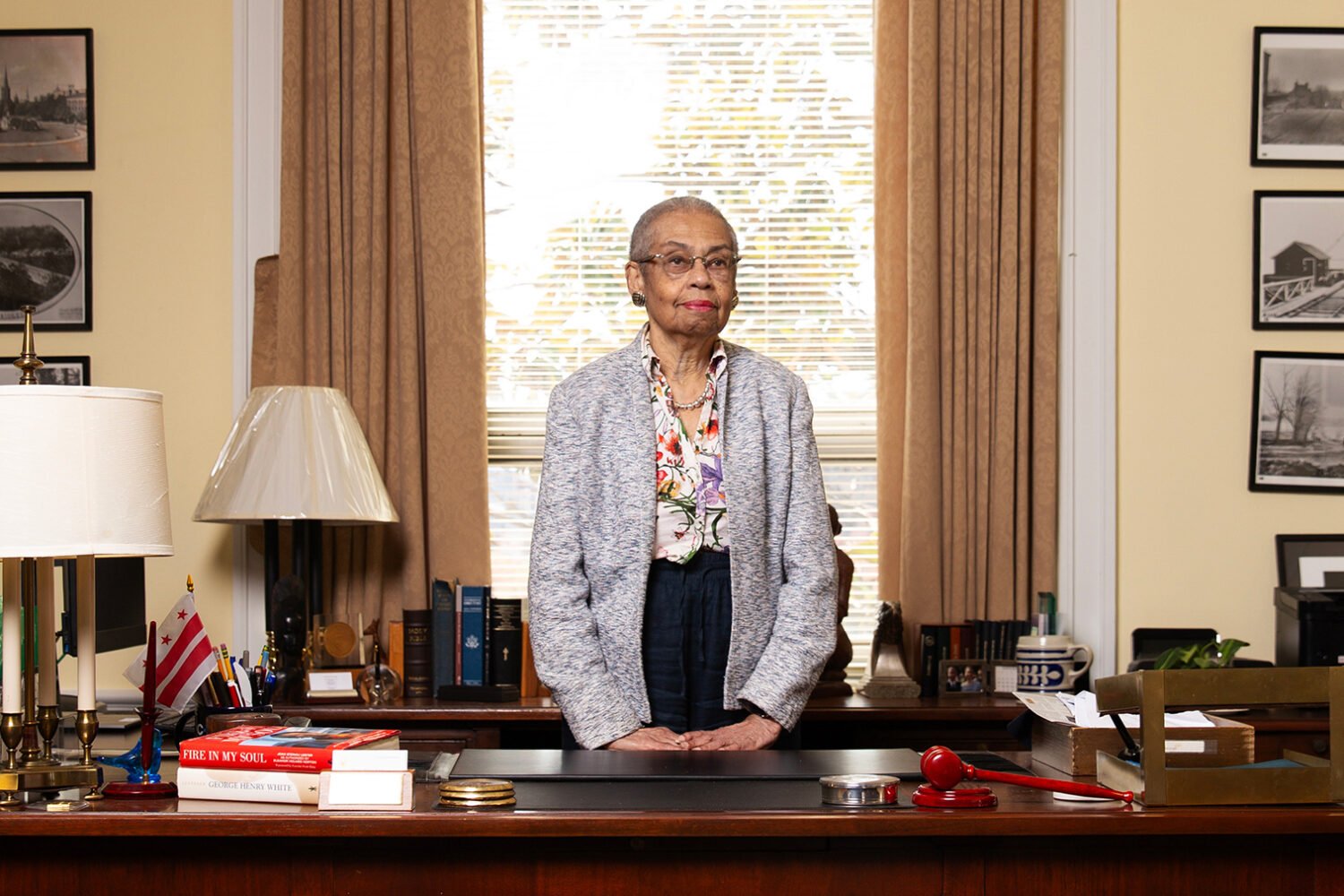The cornflower-blue hooped tutu is from her American Ballet Theatre closet, when Julie Kent danced Medora in Le Corsaire. The wispy, ivory tutu belongs to a forest spirit of Les Sylphides. The brocade costume was for the Snow Queen in the Washington Ballet’s Nutcracker, but Kent has never worn that one. After 29 years dancing, the former ballerina has replaced Septime Webre as artistic director of the Washington Ballet.
When I meet Kent, I immediately sympathize with articles about ballerinas that so predictably describe their subject’s limbs—“long,” “willowy,” “waifish,” “sinewy.” Kent literally appears to sauté into view, dressed in a black T-shirt and pink dance bloomers over tights, her long, willowy limbs inescapable.
We meet at the ballet’s Cleveland Park offices, not far from Bethesda, where Kent was born. At 16, she left Potomac for New York and was quickly cast in a movie based on Giselle, opposite Mikhail Baryshnikov. He wanted her to change her name from Julie Cox—his assistant said she reminded him of dancer Allegra Kent. (She said she’d need to call her parents first.)
But returning to Washington isn’t a homecoming, she insists: “New York is home. Now we’re trying to build a new home.”
A bigger, better ballet, too. Kent—whose husband, former dancer Victor Barbee, has come along as associate artistic director—wants to expand the Washington Ballet and its repertoire, to help it “develop itself as a company that has a national and international reputation that we expect in our nation’s capital.”
She also wants to be around more. Compared with the chronic jet lag of directing summer programs across five cities for ABT, her days here are more routine, if no less busy. Twice a week, she teaches ballet class to the company at 9:30, followed by meetings, rehearsals, e-mails, and planning for next season. “There’s endless things that need my attention,” she says, laughing in the way of someone who doesn’t complain but just gets on with things.
Kent was named artistic director last March, which means her first season at the ballet was planned quickly. That’s partly how she settled on this month’s staging of Giselle, an enormous production with about 50 dancers but also one the company has recently put on. From the logistics of permissions and sets to the staging and steps, she knew they could do it. It also happened to be the ballet of Kent’s own big break, back when she was a teenager, when she was Julie Cox, when Potomac was still home.
This article appears in the March 2017 issue of Washingtonian.


















